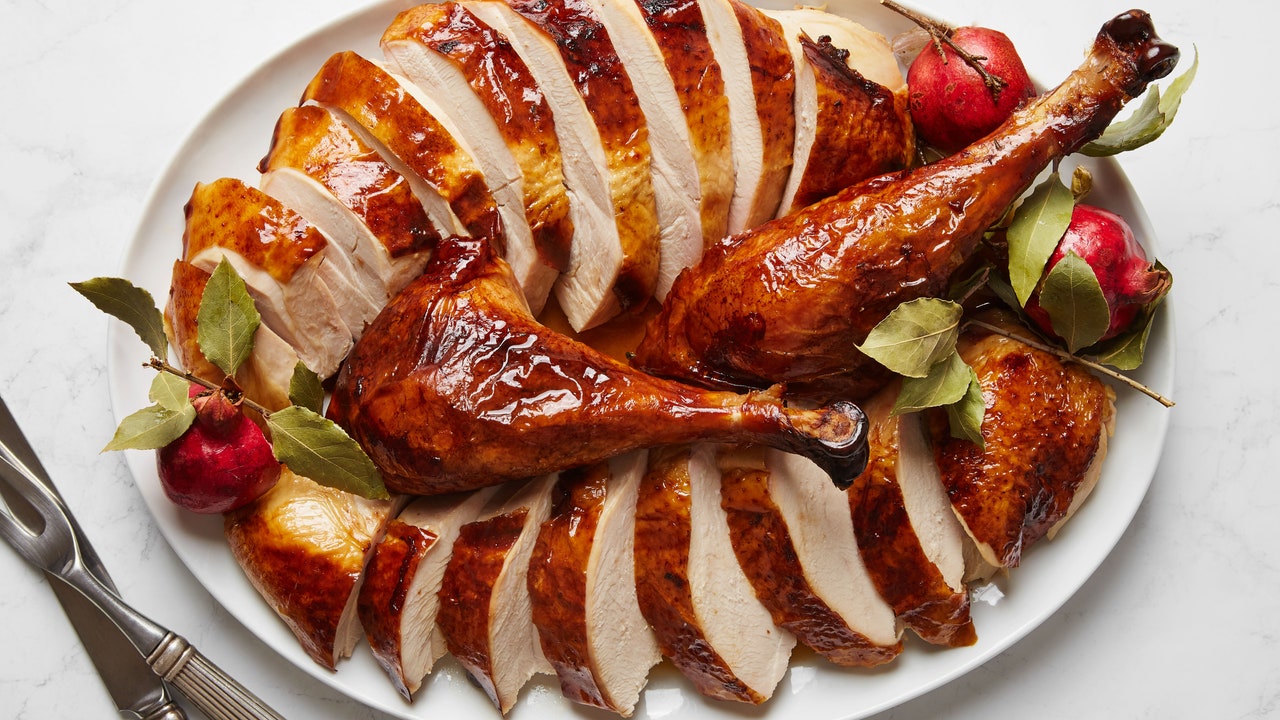When it comes to holiday feasts, there are some dishes that you just can't compromise on. The Thanksgiving turkey is one of them. If you want to ensure a juicy and flavorful bird, learning how to brine a turkey is essential. Chef Thomas Keller's method combines the best of both worlds - crispy skin and moist meat. Here's how to do it:
Wet brine vs. dry brine:
There are two methods for brining a turkey: wet brining and dry brining. Dry brining involves rubbing the turkey with salt and allowing it to dry out in the fridge. This method results in crispy skin. On the other hand, wet brining involves soaking the turkey in a saltwater solution overnight, resulting in a juicy and flavorful bird.
Detractors of wet brining often complain that the bird can be slow to brown. However, Keller's method includes a final step for extra-crispy skin.
How to brine a turkey:
Every wet brine starts with a simple salt solution of water and salt. You can customize the brine by adding aromatics, herbs, and spices for additional flavor.
The water: Use 1-2 gallons of water for brining a whole turkey. It's important to use cold water to prevent bacterial growth.
The salt: Choose a high-quality salt and adjust the amount based on the type you use. You can also measure salt by weight for accuracy.
The (optional) add-ins: Enhance the flavor of your brine with aromatics, herbs, spices, and sweeteners like sugar or honey.
Follow these steps to brine your turkey effectively and achieve a deliciously moist and flavorful result.
Calculate the salt to water ratio based on the weight of your turkey. Allow the ingredients to steep for maximum flavor infusion.
If desired, add spices, herbs, and aromatics to the brine for additional flavor. Ensure the brine is completely cooled before adding the turkey.
Continue following the steps to submerge the turkey, keep it cold, and dry it before roasting. With these tips, you'll have a perfectly brined turkey for your holiday feast.
Additional reporting contributed by Becky Hughes and Molly Stevens.
